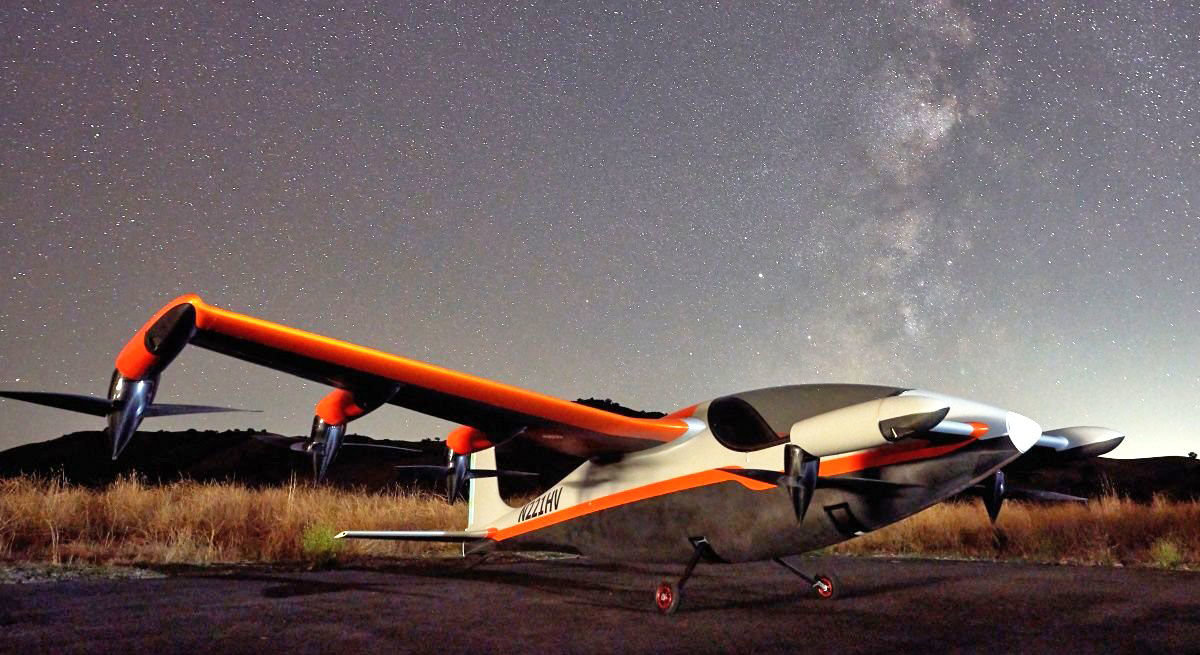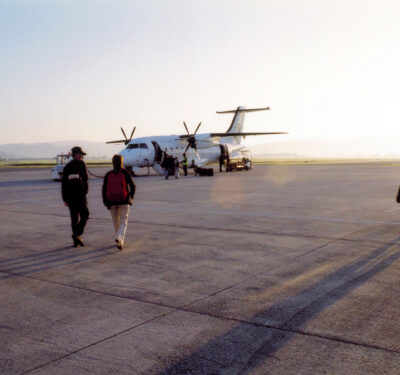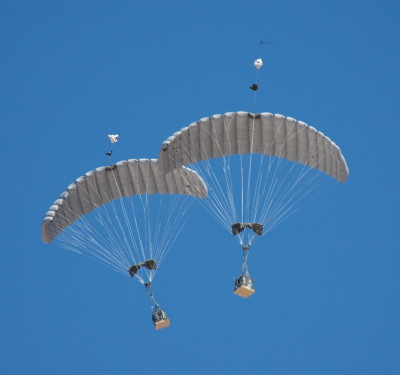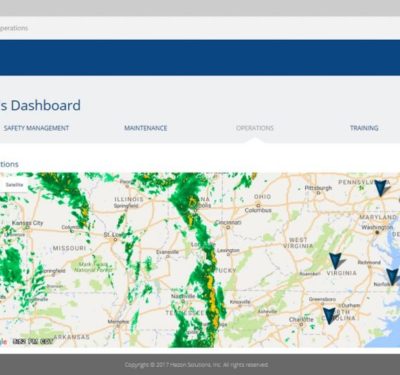
What’s up with that?
Merely how one of the earliest pioneers of autonomous automobiles thinks it will all go down.
As a professor at Stanford, Sebastian Thrun led the team that developed the robotic VW Passat Stanley, which won the 2005 DARPA Grand Challenge — the first driverless vehicle showcase.
Now CEO of Kitty Hawk Corp., Thrun recently predicted that fully self-flying vehicles will enter the market before self-driving cars. He unveiled Kitty Hawk’s sleek Heaviside electric flight craft at the Tech Crunch conference, stating that it is 100 times quieter and yet faster than a helicopter. It has a 100-mile range and can be flown manually or autonomously. Its mission: go anywhere, land anywhere.
Worried about flying without a pilot? Not Thrun. “If you go higher in the air, all the difficulties of hitting stuff like children, bicycles and cars just vanishes. You can go above the buildings and above the trees and just go anywhere.” He claims this will be safer than road-bound ground vehicles, with or without drivers.
Heaviside is an electric vertical takeoff and landing vehicle, or eVTOL. “You don’t need an airport,” Thrun said. He plans to roll it out as a personal taxi service. “You go to your phone and summon a Kitty Hawk with an app and up comes your Heaviside or Flyer. You hop in and away you go.”
Currently, Federal Aviation Administration (FAA) rules restrict Kitty Hawk aircraft, like most other drones, from any beyond-visual-line-of-sight operations. Thrun thinks the regulatory atmosphere will change, and his technology will advance so that Heaviside will be transporting customers — pilotlessly — in five years.
Here’s a killer spec: it uses less than half the energy of a car, going from San Francisco to Palo Alto in 15 minutes — a half hour drive under the absolute best conditions, and excruciatingly longer in normal commute-hour traffic.

Thrun’s vision through Kitty Hawk is to free people from traffic.
He’s not the only one on such a quest.
More than 150 companies worldwide are developing prototypes for new cargo and passenger aircraft to furnish short-haul on-demand transportation, typically with vertical takeoff and horizontal flight.
Honeywell is developing an integrated flight system that will eventually support pilotless flights. It combines a vehicle management computer, a compact fly-by-wire system, the new IntuVue RDR-84K radar and an array of sensors and navigators including GPS receivers and inertial measurement units. Its new compact fly-by-wire system is approximately the size of a paperback book. Designed for light aircraft, it links three identical computers for safety.
Similar to Thrun, Honeywell predicts that air taxis could be available in select cities by 2023-2025.
Germany’s Volocopter plans flight tests in Singapore later this year.
Among the obstacles to overcome to reach urban air mobility, besides changes to the regulatory environment, are longer battery life and the availability of set routes and vertiports, vertical take-off and landing sites.
Uber and other companies are taking the concept seriously, and the promise of alternative air travel is beginning to excite both investors and potential passengers.






